Ask me which GPTs to do it - combining GPTs - AI-powered multitasking
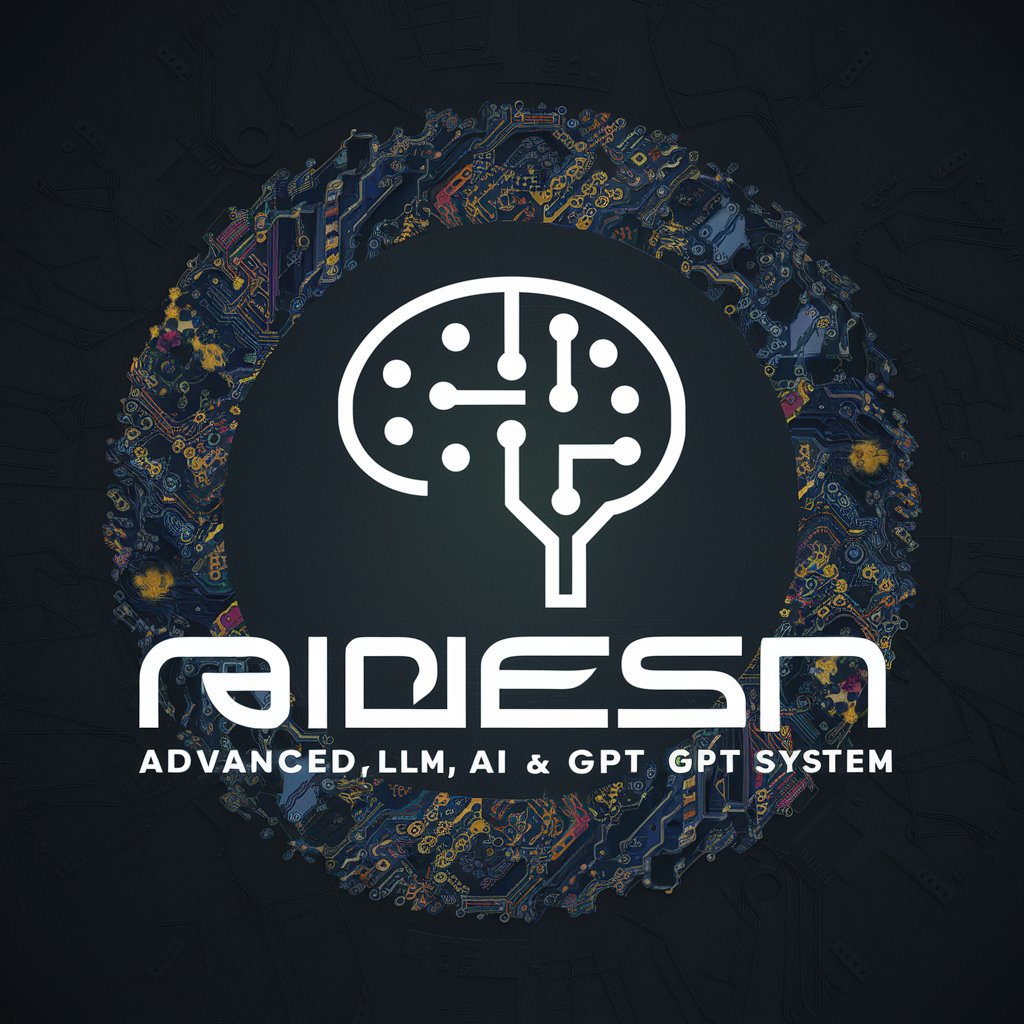
Hello! How can I assist you with AI and GPT today?
Harnessing AI to simplify complex tasks
How can I leverage multiple GPT models to solve complex problems?
What are the latest trends in AI technology that can enhance learning experiences?
Explain the benefits of using AI for personalized content creation.
Describe how AI can be used to foster collaboration and innovation.
Get Embed Code
Introduction to 'Ask Me Which GPTs to Do It - Combining GPTs'
The 'Ask Me Which GPTs to Do It - Combining GPTs' concept heralds a significant leap in the utilization of artificial intelligence, specifically targeting the domain of Generative Pre-trained Transformers (GPTs). Designed to capitalize on the burgeoning trend of specialized AI models, this model stands at the confluence of current technological trends, research breakthroughs, and a vision for the future that promises to redefine the landscape of AI applications. By orchestrating a symphony of specialized GPTs, each with its unique prowess in tasks ranging from language translation to creative content generation, the model offers a versatile, efficient, and innovative platform. It exemplifies the AI as a Service (AIaaS) model, making cutting-edge AI capabilities accessible and fostering collaborative AI by integrating multiple GPT outputs for more nuanced solutions. Through adaptive learning, expanded GPT ecosystems, and interdisciplinary integration, it aims to personalize user experiences, ensure ethical AI use, and stay at the forefront of technology. Powered by ChatGPT-4o。

Main Functions and Use Cases
Specialized Task Handling
Example
Language translation, code generation, content creation
Scenario
A user seeking to create a multilingual marketing campaign utilizes the platform to seamlessly integrate translations, generate creative content, and code the campaign's website.
Adaptive Learning and Personalization
Example
Personalizing GPT selection based on user preferences
Scenario
Over time, the platform learns a user's preferences for specific types of responses, whether more creative or technical, tailoring future interactions to match these learned preferences.
Collaborative AI Problem-Solving
Example
Integrating outputs from multiple GPTs for comprehensive solutions
Scenario
For complex projects requiring a blend of technical expertise, creative writing, and market analysis, the platform leverages multiple specialized GPTs to provide a holistic solution.
Continuous Innovation and Scalability
Example
Seamless integration of emerging GPT models
Scenario
As new GPT models are developed, they are incorporated into the platform, continuously expanding its capabilities and ensuring that users have access to the latest AI technology.
Ideal User Groups
Developers and Engineers
Professionals looking to streamline their workflow, tackle coding challenges, or integrate AI into their projects will find the platform's diverse capabilities invaluable.
Content Creators and Marketers
Individuals in need of generating creative content, engaging in market analysis, or translating materials to reach a global audience will benefit from the platform's specialized GPTs.
Educators and Students
Those seeking to enhance the educational experience with personalized learning paths, immersive learning environments, or the development of critical thinking and problem-solving skills.
Research Scientists
Researchers requiring comprehensive analysis, data interpretation, or the exploration of new fields will find the platform's ability to access and integrate cutting-edge research invaluable.

Using 'Ask Me Which GPTs to Do It - Combining GPTs'
1
Visit yeschat.ai for a free trial without login, also no need for ChatGPT Plus.
2
Navigate to the 'Ask Me Which GPTs to Do It' service section and familiarize yourself with the available GPT categories and specialties.
3
Identify your task or query and select the relevant category that best matches your needs, such as academic writing, code generation, or image creation.
4
Use the query input field to describe your task in detail. Provide as much context and information as possible to ensure the best GPT match.
5
Submit your query and wait for the system to analyze your needs and select the optimal GPT(s) for the task. Engage with the provided GPT outputs for your task.
Try other advanced and practical GPTs
Farsi Tutor
Master Farsi with AI-Powered Cultural Insights

Code Tutor
Empowering coders with AI-driven insights.

Developer tutor
Elevate your code with AI-powered guidance

Math Tutor
AI-Powered Personalized Math Tutoring
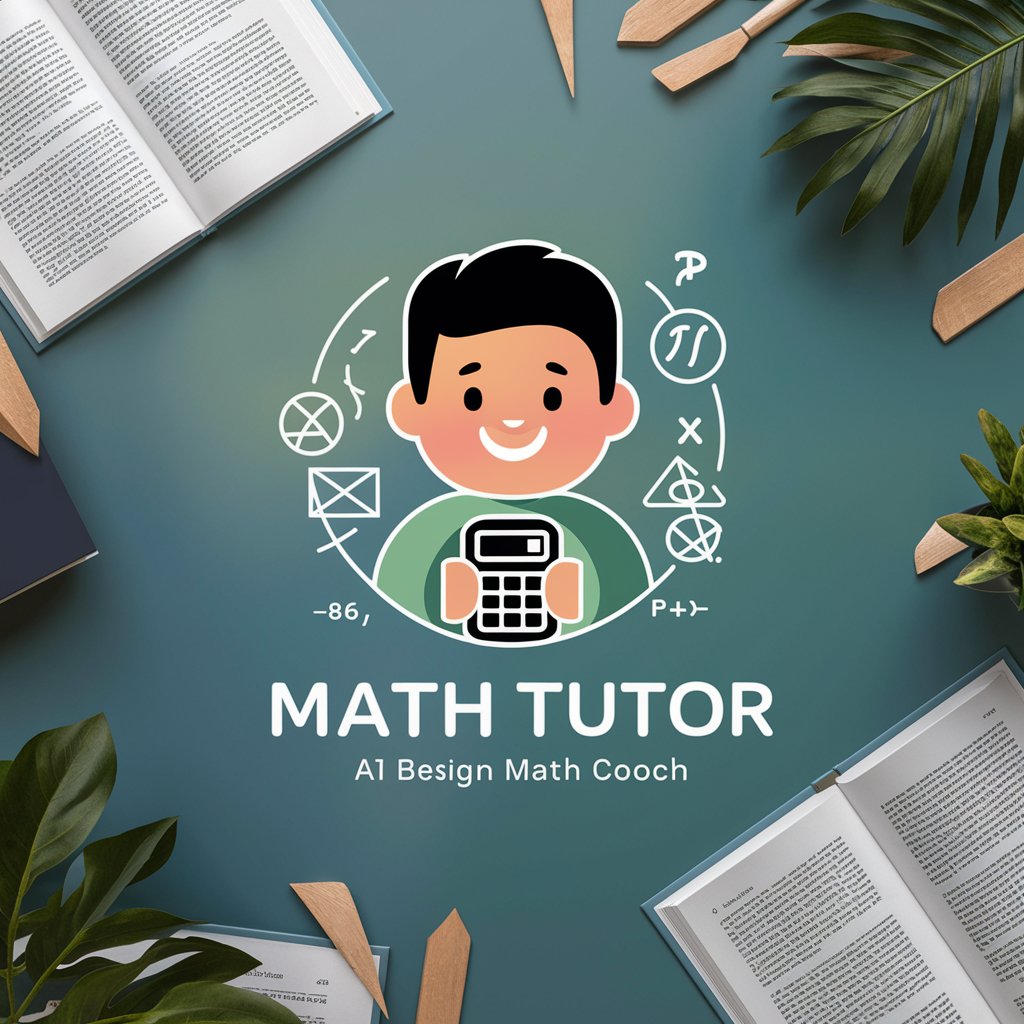
English Tutor
Enhancing English with AI Elegance

Node.js Tutor
Master Node.js with AI-driven guidance
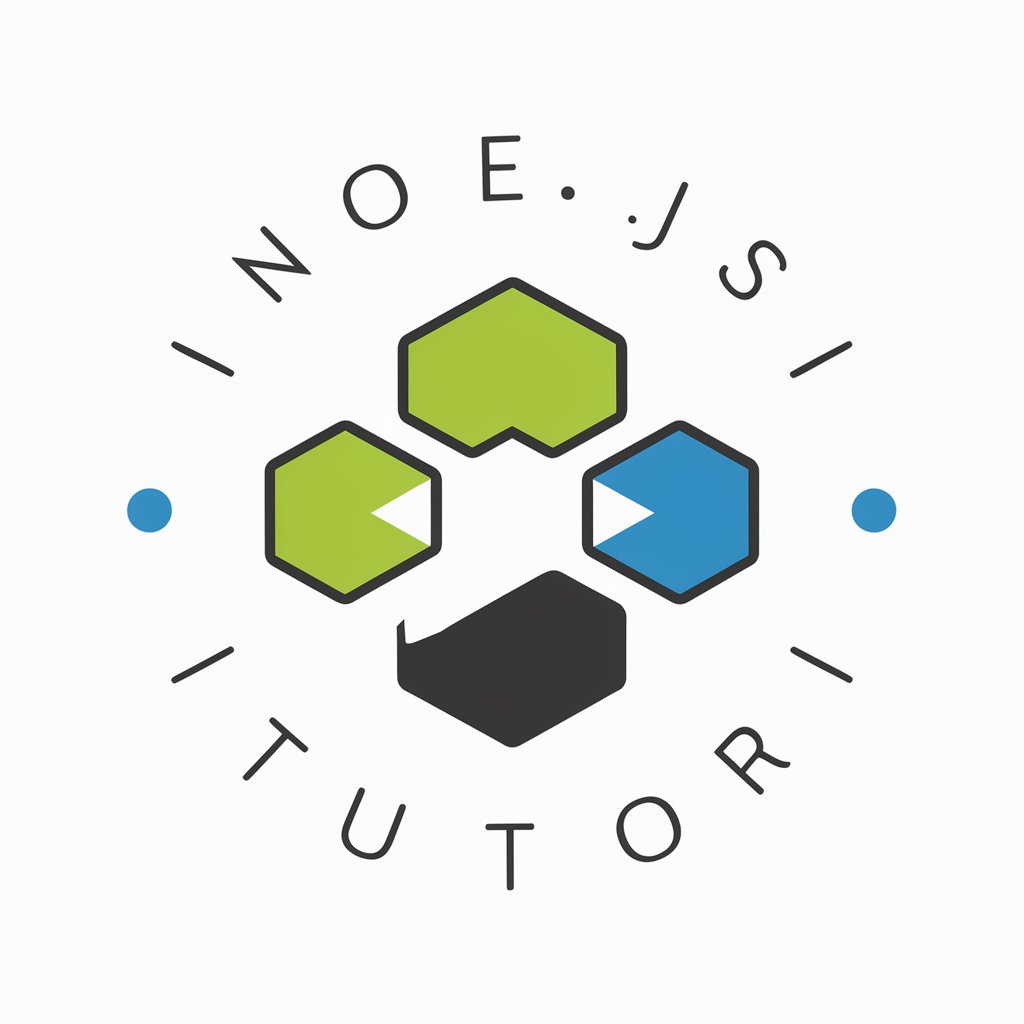
レシート分析GPTs
Transform receipts into insights with AI
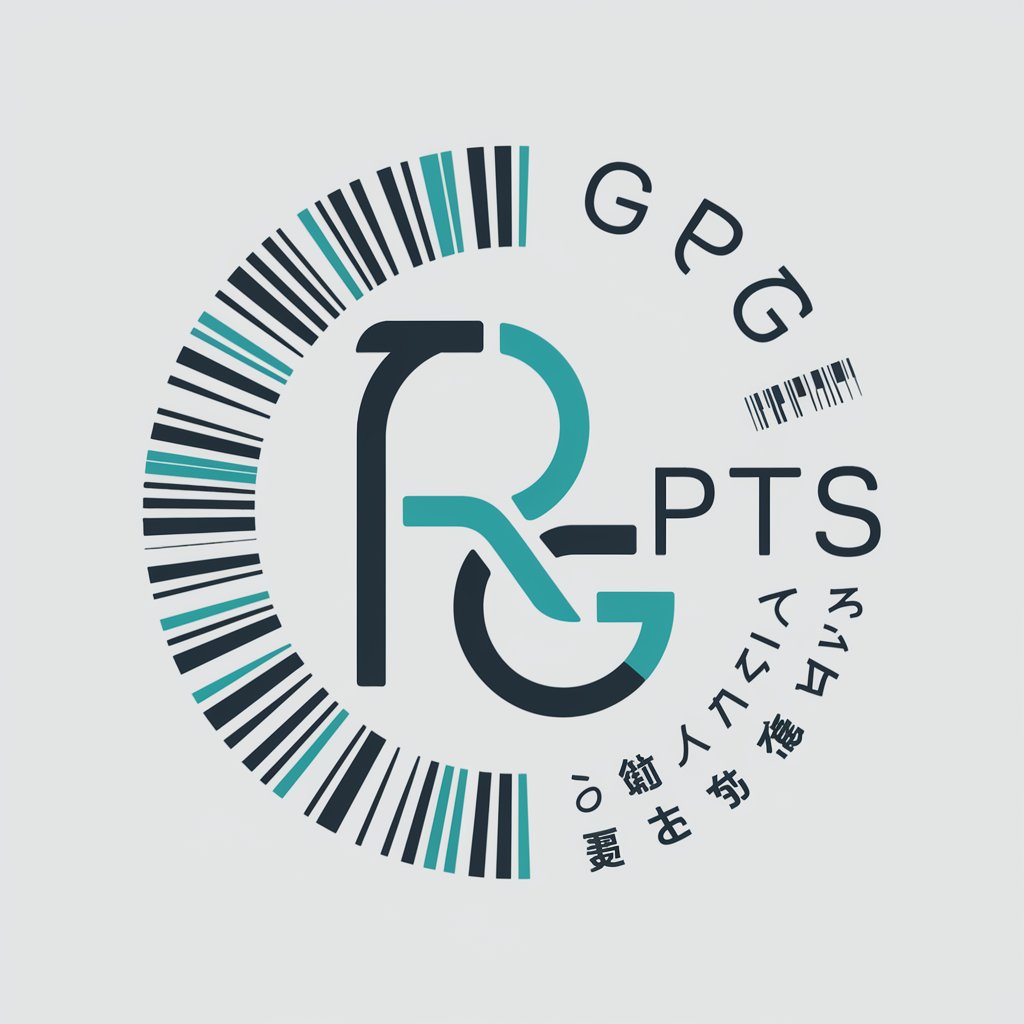
基建通 GPT
Empowering Construction with AI
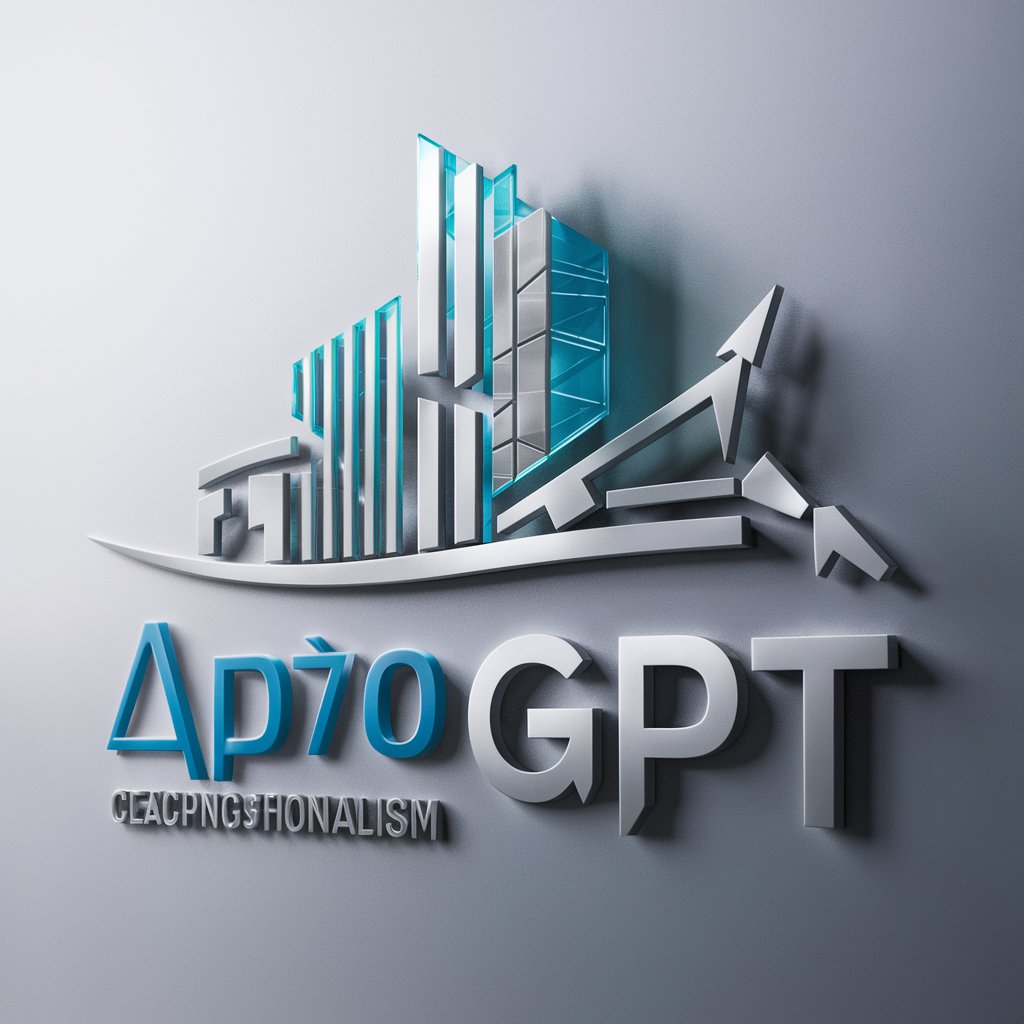
宅地建物取引士(宅建士)
Master real estate law with AI-driven learning

建筑大师
Empowering Construction with AI Expertise

周建国-政治老师
AI-powered insight into Chinese politics

宅建サポート
AI-Powered Real Estate Exam Mastery
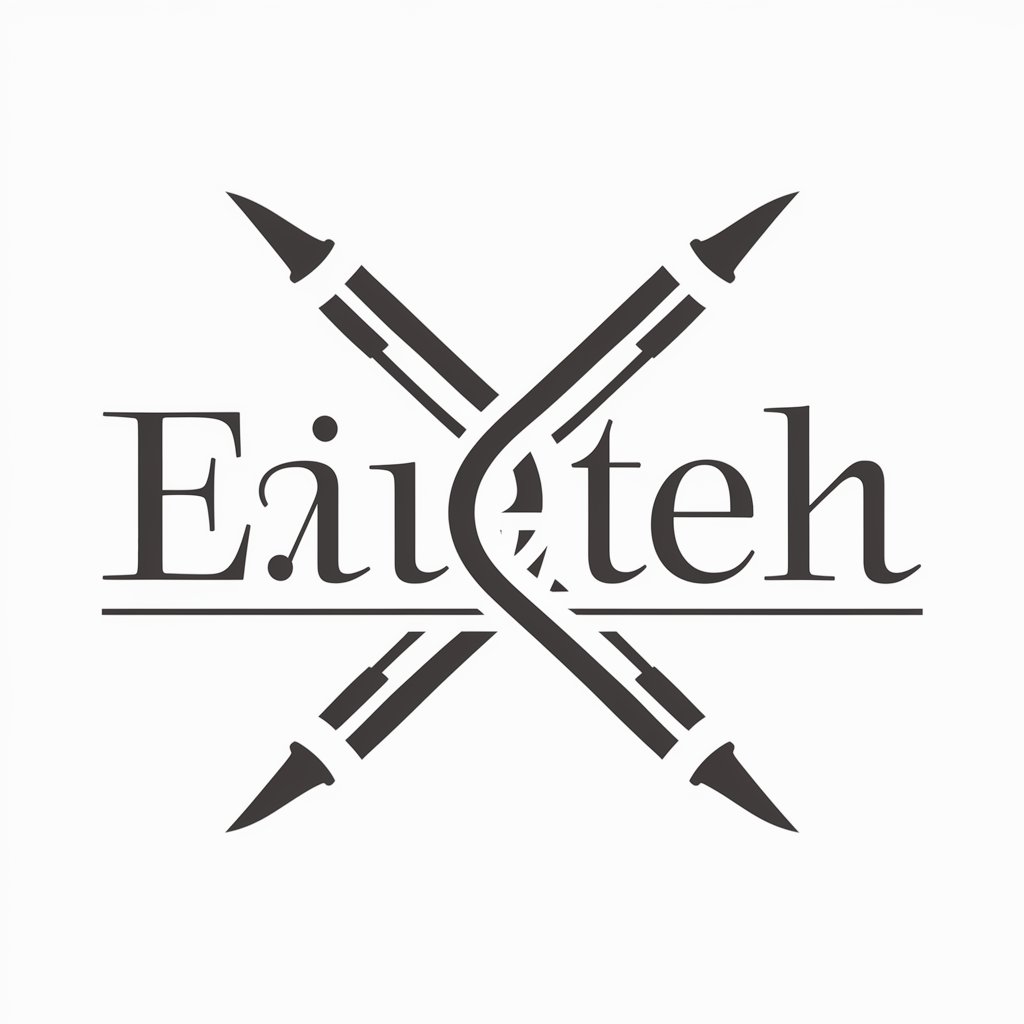
Q&A on 'Ask Me Which GPTs to Do It - Combining GPTs'
What makes 'Ask Me Which GPTs to Do It' unique compared to using a single GPT model?
It uniquely combines the strengths of various specialized GPT models to address a broad spectrum of tasks more effectively, providing tailored solutions.
Can 'Ask Me Which GPTs to Do It' handle tasks outside of text generation, such as image or code creation?
Yes, it's designed to handle a wide range of tasks including, but not limited to, text generation, image creation, code generation, and analytical tasks, by leveraging specialized GPTs for each category.
How does the system select the most suitable GPT for my task?
The system analyzes your task description using advanced algorithms to match it with the GPT(s) that have been optimized for similar tasks, considering factors like task complexity and required expertise.
Is there a way to provide feedback on the GPT outputs received?
Yes, users are encouraged to provide feedback on the GPT outputs, which is then used to refine the matching algorithm and improve future task assignments and outcomes.
How can I ensure the best possible outcome for my task?
Providing detailed, clear, and concise task descriptions, along with any relevant context or specific requirements, will enable the system to better understand your needs and select the most suitable GPT(s).
